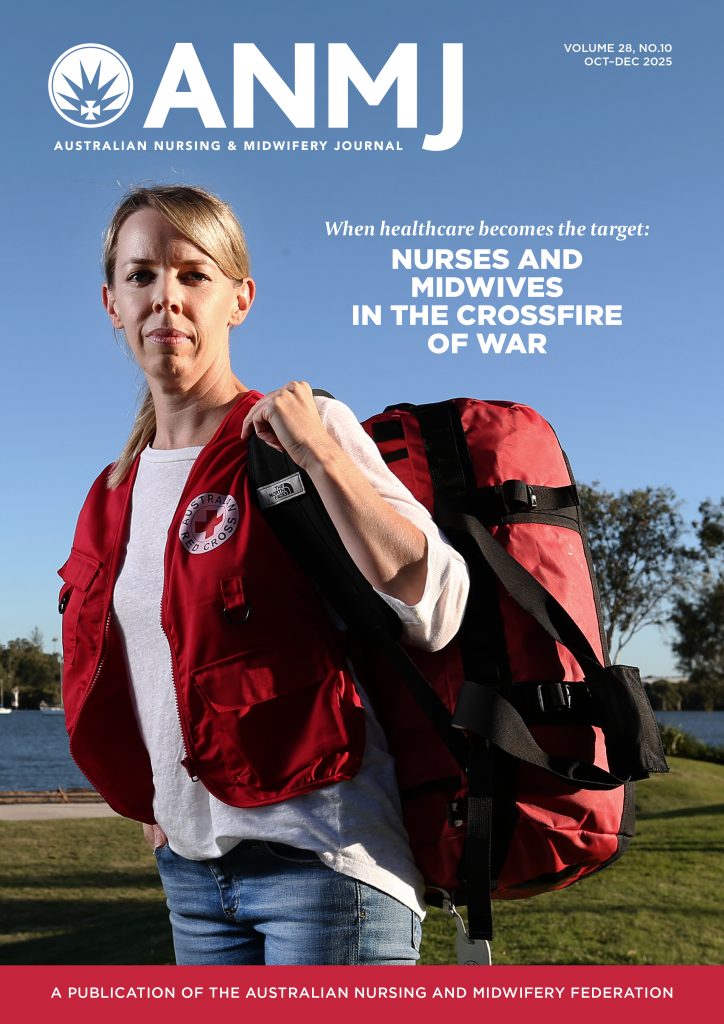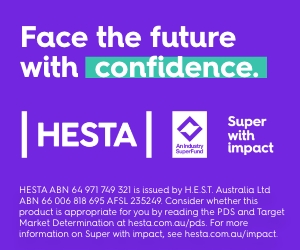In the wake of the Therapeutic Goods Administration’s (TGA) recent guidance to beauty industry bodies (on 15 Jan concerning the advertising of cosmetic injectables), a significant faction of the beauty industry has unleashed a torrent of furore and indignant bluster across social media. Injectors and influencers, pillars of the beauty realm, have also expressed their shock at the TGA’s seemingly stringent directives.1
Amidst this chaos, a crucial question arises – who holds the reins in governing and enforcing these regulations? This article aims to cut through the confusion, shedding light on the TGA’s Import, Advertising, and Supply Compliance Priorities for 2024. Moreover, it seeks to unpack the intricacies, providing clarity on the TGA’s enforcement power and its role in overseeing compliance within the beauty industry.
What is the TGA?
The Therapeutic Goods Administration (TGA) are responsible for regulating the supply, import, export, manufacturing, and advertising of therapeutic goods. Their role is to monitor and enforce compliance with laws that regulate therapeutic goods in Australia such as the Therapeutic Goods Act 1989 (Cth) (the Act) and the Therapeutic Goods Regulations 1990 (Cth) (the Regulations).2
What is AHPRA?
The Australian Health Practitioner Regulation Agency works in partnership with the National Boards to ensure that Australia’s registered health practitioners are suitably trained, qualified and safe to practise. Public safety is their priority.3
More simply the TGA governs the supply, import, export, manufacturing, and advertising of medicines. AHPRA oversees the professional conduct of practitioners.2,3
While researching for this article I collated information I thought to be pertinent to clinicians within the industry. [Emphasis within the quotes is my own]
TGA’s Guidance for advertisers [Version 2.8, October 2020]
“Not all information released to the public about therapeutic goods is advertising. However, if information you release intends (from the end viewer’s point of view) to directly or indirectly promote the use or supply of a therapeutic good then we would likely consider it to be advertising and it must meet legislative requirements as set out in Act and the Code.”
“We consider promotional material to be a form of advertising. Even if the material or the format of advertising can be said to promote the use or supply of relevant goods only in an indirect way, the material or format will still be an ‘advertisement’.”
“You cannot publish an advertisement to the public about therapeutic goods that contains a statement referring to goods, or substances or preparations containing goods, included in Schedules 3, 4 or 8 of the Poisons Standard (section 42DL(1)(f) of the Act).
The products listed below (and most cosmetic injections) contain substances that are in Schedule 4 of the current Poisons Standard and are therefore regulated as Prescription Only Medicines:
- Anti-wrinkle injections
- Dermal Fillers
- Improvement of the appearance of submental fat
Cosmetic injections are generally administered to temporarily remove/reduce wrinkles and lines on the face, around the eyes, forehead (anti-wrinkle injections and dermal fillers), lips and neck (dermal fillers only) or to improve the appearance of submental fat (deoxycholic acid).
We consider prescription medicines to be high risk products and the patient should be assessed. by a medical professional before their use. Health professionals and cosmetic or beauty clinics are not permitted to advertise cosmetic injections (such as those above) to the public.”4
In addition, I sought the opinion of the TGA for guidance.
‘While advertising of therapeutic goods is within the jurisdiction of the Act, it does not extend to the education of patients and clients. Decisions about treatments that involve the use of prescription medicines should only be made by a doctor in consultation with each individual patient. Information provided by a health professional directly to their patient in a consultation is exempt from the advertising offences in the Act. Clinics must ensure any advertisements are not an advertisement for therapeutic goods that contain a Schedule 3 (pharmacist only medicines), Schedule 4 (prescription only), or Schedule 8 (controlled drugs) substance’ – spokesperson for Therapeutic Goods Administration 29 Jan 2024.
‘Under the Therapeutic Goods Act 1989 (the Act), the advertising of prescription medicines (such as most injectable products used in the cosmetic industry) to the public is prohibited with very limited exceptions.
Advertising includes any content intended to promote the use or supply (whether directly or indirectly) of a therapeutic good, however named, to the public.
Generally, before and after images are used for promotional purposes.
If it is clear to the consumer that the ‘after’ photo is due to the administration of a prescription medicine, this is likely to amount to an advertisement for a therapeutic good that would contravene the Act.
Promotional material is reviewed by the TGA on a case-by-case basis. We assess accompanying words or information in an advertisement to examine if they would give a reasonable consumer the impression that it was an advertisement for a prescription product’ – spokesperson for Therapeutic Goods Administration 29 Jan 2024.2
The TGA regularly announces their priorities and goals. However, after viewing the recent uproar online, many practitioners are unaware of the TGA’s priorities which were asserted back on 25 July 2023.5
The TGA’s Import, Advertising, and Supply Compliance Priorities for 23-24 cast a spotlight on the agency’s commitment to public safety. Included in the TGA’s focus: ‘Detect and disrupt unlawful advertising of unapproved and high-risk medicines and medical devices used in the wellness and beauty industries including those intended to alter the body’s performance and appearance’ + ‘These include … IV drips, cosmetic injectables and other medications …intended to alter the body’s appearance.’ The TGA will be targeting digital platforms.5
It is critical to underscore that the legislation itself remains unwavering. The legislation has not changed.6 Advertising the use of prescription medicines, specifically most cosmetic injectable products, which fall under schedule 4 medicines has NEVER been permissible. Testimonials, claims, before and after photos, or prices – none of these escape the purview of the TGA.2
As the beauty industry weathers the storm stirred by the TGA’s guidance, adherence to regulations becomes paramount. Clinicians will need to remind themselves that ignorance of the law is not a refuge. The TGA’s guidance should be viewed as clarion call to industry players to align their practices with the regulatory landscape. In the ever-evolving landscape of beauty, it’s not just about looking good; it’s about doing good, rooted in the understanding that compliance is the compass guiding this ship through uncharted waters.
For more information visit. The TGA advertising hub https://www.tga.gov.au/how-we-regulate/advertising
References:
-
Molloy, S. Australia’s cosmetic injectables industry slapped with ‘out of control’ new restrictions. News.com.au [Internet]. [Australia]: News.com.au; [January 21, 2024]. Available from: https://www.news.com.au/lifestyle/beauty/face-body/australias-cosmetic-injectables-industry-slapped-with-out-of-control-new-restrictions/news-story/e8d897a015b650e073c13ec40c8d41e0
-
Spokesperson for Therapeutic Goods Administration, email communication, January 2024.
-
Australian Health Practitioner Regulation Agency (AHPRA) [Internet]. AHPRA; [Date unknown]. [cited 2024 Jan 28]. Available from: https://www.ahpra.gov.au/
-
Australian Regulatory Guidelines for Advertising Therapeutic Goods (ARGATG). [Internet]. Therapeutic Goods Administration; [Oct 2020]. [cited 2024 Jan 28]. Available from: https://www.tga.gov.au/sites/default/files/australian-regulatory-guidelines-advertising-therapeutic-goods-argatg.pdf
-
Therapeutic Goods Administration (TGA). Import, Advertising and Supply Compliance Priorities 2023-24 [Internet]. [Australia]: TGA; [last updated 25 July 2023]. Available from: https://www.tga.gov.au/how-we-regulate/compliance-and-enforcement-hub/compliance-management/import-advertising-and-supply-compliance-priorities-2023-24
-
Therapeutic Goods Act 1989. [Internet]. [Canberra]: [Department of Health and Aged Care]; [last updated 21 September 2023]. Available from: https://www.legislation.gov.au/C2004A03952/latest/text
Author:
Justin Nixon, Bachelor of Nursing (University of Tasmania) 2009, Post Grad Cert in Mental Health (University of Tasmania) 2022 works at the Acute Care Team, Southern Mental Health Tasmania








